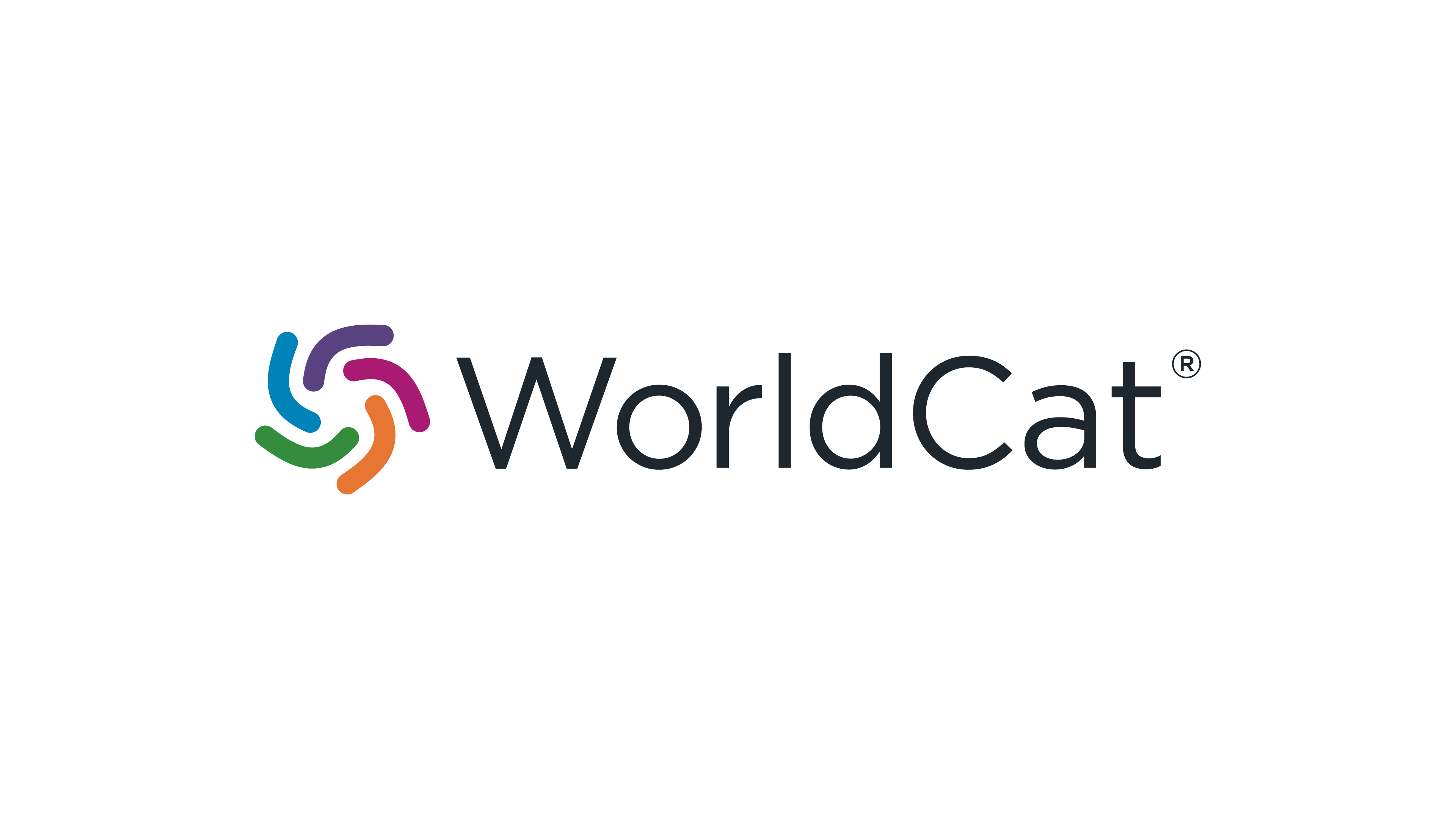Predicting employee engagement during the COVID-19 pandemic: Does employee generation matter?
Keywords:
Employee Engagement, Employee Generation, Multi-Level Predictors, Covid-19 PandemicAbstract
This paper examines various factors influencing employee engagement during the COVID-19 pandemic. The paper also explores whether the degree of such influence differs among various employee generations. A voluntary survey was conducted among 534 employees using a self- administered questionnaire. The results show that the transformational leadership style has the biggest impact on employee engagement within the workplace. While work-life balance and employee autonomy significantly influence employee engagement, corporate social responsibility moderately impacts employee engagement, particularly among the younger generation. This study is among the first to examine the impact of executive-, employee-, and organizational-level factors on work engagement during the COVID-19 pandemic and to explore the role of the employee generation in this connection.
Downloads
References
Abbas, S. M. and Zhiqiang, L. (2020), “COVID-19, Mental well-being and work engagement: The psychological resilience of senescent workforce”, International Journal of Research in Business and Social Science, Vol. 9 No. 4, pp. 356-365, doi:10.20525/ijrbs.v9i4.760.
Abdelhalim, K. and Eldin, A. G. (2019), “Can CSR help achieve sustainable development? applying a new assessment model to CSR cases from Egypt’, International Journal of Sociology and Social Policy, Vol. 39 No. 9/10, pp. 773-795, doi:10.1108/ijssp-06-2019- 0120.
Albrecht, S. L., Bakker, A. B., Gruman, J. A., Macey, W. H. and Saks, A. M. (2015), “Employee engagement, human resource management practices and competitive advantage: An integrated approach”, Journal of Organizational Effectiveness: People and Performance.
Bass, B. M. and Avolio, B. J. (2000), “Multifactor leadership questionnaire”, Redwood City, CA: Mindgarden.
Batech, D. (2019), “Leadership from millennials to Generation Z transformed”, Journal of Advanced Management Science, Vol. 7 No. 1, pp. 11-14. Retrieved. from http://www.joams.com/uploadfile/2019/0314/20190314021647211.pdf
Besieux, T., Baillien, E., Verbeke, A. L. and Euwema, M. C. (2018), “What goes around comes around: The mediation of corporate social responsibility in the relationship between transformational leadership and employee engagement”, Economic and Industrial Democracy, Vol. 39 No. 2, pp. 249-271.
Bodenhausen, C. and Curtis, C. (2016), “Transformational leadership and employee involvement: Perspectives from millennial workforce entrants”, Journal of Quality Assurance in Hospitality & Tourism, Vol. 17 No. 3, pp. 371-387.
Bokhari, R. P. (2019), “Evaluating the link between corporate social responsibility (CSR) and employee engagement: Evidence from selected commercial banks of Bangladesh”, European Journal of Business and Management, Vol. 11 No. 33, pp. 32-44.
Brammer, S., Millington, A. and Rayton, B. (2007), “The contribution of corporate social responsibility to organizational commitment”, The International Journal of Human Resource Management, Vol. 18 No. 10, pp. 1701-1719.
Brett, J. M. and Stroh, L. K. (2003), “Working 61 plus hours a week: Why do managers do it?”, Journal of Applied Psychology, Vol. 88 No. 1, pp. 67-78, doi:10.1037/0021- 9010.88.1.67.
Brown, O., Shallcross, D. and Stuebs, M. (2019), “What it takes for accounting firms to recruit Gen Z: Organizational culture and opportunities for career growth are the top factors today’s students seek in an employer”, Journal of Accountancy, Vol. 228 No. 6, pp. 37.
Capnary, M. C., Rachmawati, R. and Agung, I. (2018), “The influence of flexibility of work to loyalty and employee satisfaction mediated by work life balance to employees with millennial generation background in Indonesia startup companies”, Business: Theory and Practice, Vol. 19, pp. 217-227, doi:10.3846/btp.2018.22.
Chaudhary, R. (2017), “Corporate social responsibility and employee engagement: Can CSR help in redressing the engagement gap?”, Social Responsibility Journal, Vol. 13 No. 2, pp. 323-338, doi:10.1108/SRJ-07-2016-011.
Dex S. and Bond S. (2005), “Measuring work–life balance and its covariates, Work, Employment and Society”, Vol. 19, pp. 627–637.
Dhopade, P. (2016), “Support Generation Z”, Benefits Canada, Vol. 40 No. 2, pp. 22–23.
Dow-Clarke, R. A. (2002), “Work-life balance in an industrial setting: Focus on advocacy”, Aaohn Journal, Vol. 50 No. 2, pp. 67-74.
Gergen, E., Green, M. and Ceballos, S. (2014), “Generational and gender differences in implicit leadership prototypes”, Business Management Dynamics, Vol. 3 No. 9, pp. 44-54.
Ghlichlee, B., and Bayat, F. (2020), “Frontline employees’ engagement and business performance: the mediating role of customer-oriented behaviors”, Management Research Review. Vol. 44 No. 2, pp. 290-317
Gilley, A., Waddell, K., Hall, A., Jackson, S. A., and Gilley, J. W. (2015), “Manager behavior, generation, and influence on work-life balance: An empirical investigation”, Journal of Applied Management and Entrepreneurship, Vol. 20 No. 1, pp. 3.
Hackman, J. R. and Oldham, G. R. (1980), “Work redesign”, Reading, MA: Addison Wesley.
Hoole, C. and Bonnema, J. (2015), “Work engagement and meaningful work across generational cohorts”, S.A. Journal of Human Resource Management, Vol. 13 No. 1, pp.1-11, doi:10.4102/sajhrm.v13i1.68.
Jha, N., Sareen, P. and Potnuru, R. K. G. (2018), “Employee engagement for millennials: considering technology as an enabler”, Development and learning in organizations: An international journal.
Johnson, H. A. M. and Spector, P. E. (2007), “Service with a smile: Do emotional intelligence, gender, and autonomy moderate the emotional labor process?”, Journal of Occupational Health Psychology, Vol. 12 No. 4, pp. 319–333, doi:10.1037/1076-8998.12.4.319.
Kasasa (2020), “Boomers, Gen X, Gen Y, and Gen Z explained”, https://www.kasasa.com/articles/generations/gen-x-gen-y-gen-z
Kennedy, P. (2003), “A guide to econometrics”, MIT Press.
Kordbacheh, N., Shultz, K. S. and Olson, D. A. (2014), “Engaging mid and late career employees: The relationship between age and employee engagement, intrinsic motivation, and meaningfulness”, Journal of Organizational Psychology, Vol. 14 No. 1, pp, 11-25.
Lapoint, P. A. and Liprie-Spence, A. (2017), “Employee engagement: Generational differences in the workforce”, Journal of Organizational Psychology, Vol. 17 No. 5, pp. 118-128.
Lee, C. C., Aravamudhan, V., Roback, T., Lim, H. S. and Ruane, S. G. (2021), “Factors impacting work engagement of Gen Z employees: A regression analysis”, Journal of Leadership, Accountability and Ethics, Vol. 18 No. 3, pp.147-159.
Mandell, B. and Pherwani, S. (2013), “Relationship between emotional intelligence and transformational leadership style: A gender comparison”, Journal of Business and Psychology Vol. 17 pp. 387–404, doi:10.1023/A:1022816409059.
Morris, M. G. and Venkatesh, V. (2000), “Age differences in technology adoption decisions: Implications for a changing work force”, Personnel Psychology, Vol. 53 No. 2, pp.375- 403.
Nambisan, S., Agarwal, R. and Tanniru, M. (1999), “Organizational mechanisms for enhancing user innovation in information technology”, MIS Quarterly, Vol. 23 No. 3, pp. 365-395.
Parkes, L. P. and Langford, P. H. (2008), “Work-life balance or work-life alignment? A test of the importance of work-life balance for employee engagement and intention to stay in organizations”, Journal of Management and Organization, Vol. 14 No. 3, pp. 267-284.
Popli, S. and Rizvi, I. A. (2016), “Drivers of employee engagement: The role of leadership style”, Global Business Review, Vol. 17 No. 4, pp. 965-979, doi:10.1177/0972150916645701.
Quantum Workplace (2020), “Employee Engagement Trends Report”, Retrieved from: https://www.quantumworkplace.com/2020-employee-engagement-trends
Quantum Workplace (2021), “Employee Engagement Trends Report”, Retrieved from: https://marketing.quantumworkplace.com/hubfs/Marketing/Website/Resources/PDFs/202 1_Employee_Engagement_Trends_Report.pdf?hsCtaTracking=ea3ab287-381a-4e9b- b06c-f07f7444e412%7C1de4d0f3-fb37-4a44-9380-6b4aa4bf55ab
Rai, A., Ghosh, P., Chauhan, R., and Singh, R. (2018), “Improving in-role and extra-role performances with rewards and recognition: does engagement mediate the process?” Management Research Review. Vol. 41 No. 8, pp. 902-919
Riyanto S., Ariyanto, E. and Sihombing, L. (2019), “Work life balance and its influence on employee engagement “Y” generation in courier service industry”, International Review of Management and Marketing, Vol. 9 No. 6, pp. 25-31.
Sadler-Smith, E., El-Kot, G. and Leat, M. (2003), “Differentiating work autonomy facets in a non-western context”, Journal of Organizational Behavior, Vol. 24 No. 6, pp. 709-731, doi:10.1002/job.200.
Sanders, M., Zeng, J., Hellicar, M. and Fagg, K. (2015), “The power of flexibility: A key enabler to boost gender parity and employee engagement”, Chief Executive Women.
Schaufeli, W. B., Bakker, A. B. and Salanova, M. (2006), “The measurement of work engagement with a short questionnaire: A cross-national study”, Educational and Psychological Measurement, Vol. 66 No. 4, pp. 701–716, doi:10.1177/0013164405282471.
Schullery, N. M. (2013), “Workplace engagement and generational differences in values”,
Business Communication Quarterly, Vol. 76 No. 2, pp. 252.
Schroth, H. (2019), “Are you ready for Gen Z in the workplace?”, California Management Review, Vol. 61 No. 3, pp. 5–18, doi:10.1177/0008125619841006.
SheeMun, Y., Suhaimi, M. N., Abdullah, S. S., Rahman, S. A. and Mat, N. K. N. (2013), “Employee engagement: A study from the private sector in Malaysia”, Human Resource Management Research, Vol. 3 No. 1, pp. 43-48.
Taipale, S., Selander, K., Anttila, T. and Nätti, J. (2011), “Work engagement in eight European countries”, The International Journal of Sociology and Social Policy, Vol. 31 No. 7, pp. 486-504, doi:10.1108/01443331111149905.
Wolfram, H. J. and Gratton, L. (2014), “Gender role self-concept, categorical gender, and transactional-transformational leadership: Implications for perceived workgroup performance”, Journal of Leadership & Organizational Studies, Vol. 21 No. 4, pp. 338– 353, doi:10.1177/1548051813498421.
Woo, H. (2013), “Do consumers want a “good” apparel brand? The effects of apparel brands’ corporate social responsibility (CSR) practices on brand equity moderated by culture”, Unpublished master’s thesis, University of North Carolina at Greensboro.
Vittinghoff, E., Glidden, D. V., Shiboski, S. C., and McCulloch, C. E. (2012), “Regression methods in biostatistics: Linear, logistic, survival, and repeated measures models. 2nd ed”, Springer.
Wiradendi Wolor, C., Kurnianti, D., Fatimah Zahra, S. and Martono, S. (2020), “The importance of work-life balance on employee performance millennial generation in Indonesia”, Journal of Critical Reviews.
Downloads
Published
How to Cite
Issue
Section
License

This work is licensed under a Creative Commons Attribution-NonCommercial-NoDerivatives 4.0 International License.
You are free to:
- Share — copy and redistribute the material in any medium or format for any purpose, even commercially.
- Adapt — remix, transform, and build upon the material for any purpose, even commercially.
- The licensor cannot revoke these freedoms as long as you follow the license terms.
Under the following terms:
- Attribution — You must give appropriate credit , provide a link to the license, and indicate if changes were made . You may do so in any reasonable manner, but not in any way that suggests the licensor endorses you or your use.
- No additional restrictions — You may not apply legal terms or technological measures that legally restrict others from doing anything the license permits.
Notices:
You do not have to comply with the license for elements of the material in the public domain or where your use is permitted by an applicable exception or limitation .
No warranties are given. The license may not give you all of the permissions necessary for your intended use. For example, other rights such as publicity, privacy, or moral rights may limit how you use the material.





